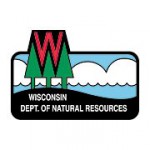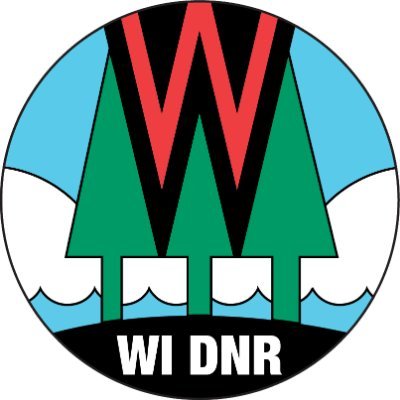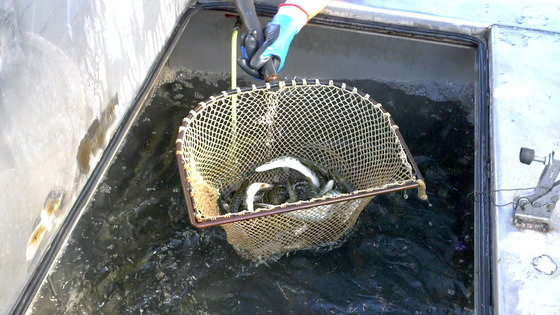Deer Liver PFAS Surveillance Results Now Available
MADISON, Wis. – The Wisconsin Department of Natural Resources (DNR) today announced the results from a statewide monitoring effort evaluating per- and polyfluoroalkyl substances (PFAS) levels in the liver of white-tailed deer are now available. After studying the results of this sampling effort, the DNR and the Department of Health Services (DHS) are not recommending a statewide consumption advisory for PFAS in white-tailed deer liver.
In September 2020, the DNR and DHS issued a Do Not Eat advisory for the liver from deer harvested within five miles of the JCI/Tyco Fire Technology Center in Marinette County, a site contaminated with PFAS. Due to the specific focus of the JCI/Tyco study, it was unclear whether the PFAS in liver tissue were the result of local exposure or whether they were representative of PFAS levels in the liver in deer statewide. To investigate background levels of PFAS in white-tailed deer throughout Wisconsin, the DNR analyzed additional liver samples from deer harvested during the 2020 November nine-day gun deer hunt.
The purpose of the liver is to filter contaminants from the bloodstream. As such, it was not unexpected to detect trace levels of PFAS in some samples. Based on the results, the DNR and DHS have determined statewide restrictions on the consumption of white-tailed deer liver, outside of the existing advisory area within a 5-mile radius of the JCI/Tyco Fire Technology Center in Marinette, Wisconsin, are not warranted.
PFAS are a group of human-made chemicals used for decades in numerous products, including non-stick cookware, fast food wrappers, stain-resistant sprays and certain types of firefighting foam.
These contaminants have made their way into the environment through spills of PFAS-containing chemicals, discharges of PFAS-containing wastewater to treatment plants and certain types of firefighting foams.
For more information on safely consuming wild game, visit the DNR’s Safely Eating Wild Game webpage.
NOTE: This press release was submitted to Urban Milwaukee and was not written by an Urban Milwaukee writer. While it is believed to be reliable, Urban Milwaukee does not guarantee its accuracy or completeness.
More about the PFAS Problem
- Environmental Groups, Community Advocates Push for PFAS Deal - Henry Redman - Jul 14th, 2025
- Environmental Advocates Hail Wisconsin Supreme Court Decision in Evers v Marklein - Midwest Environmental Advocates - Jul 8th, 2025
- Wisconsin Supreme Court Backs State Regulators of PFAS Pollution - Danielle Kaeding and Rich Kremer - Jun 24th, 2025
- Gov. Evers Releases Statement on Wisconsin Supreme Court Decision in WMC Inc v. DNR - Gov. Tony Evers - Jun 24th, 2025
- Rep. Shelia Stubbs Elected Great Lakes-St. Lawrence Legislative Caucus Vice Chair of the Task Force on Emerging Contaminants - State Rep. Shelia Stubbs - Jun 16th, 2025
- Legislature’s Budget Committee Unanimously Boosts Clean Water Funding By $732 Million - Danielle Kaeding - Jun 6th, 2025
- Trump Administration moves to weaken standards for toxic ‘forever chemicals’ in drinking water - Clean Wisconsin - May 14th, 2025
- Wisconsin Officials Unhappy With EPA Plan To Weaken PFAS Standards - Danielle Kaeding - May 14th, 2025
- Wisconsin Could Lose $55 Million Under Proposed EPA Budget Cuts - Danielle Kaeding - May 7th, 2025
- French Island Makes Progress on PFAS Pollution - Richelle Wilson and Trevor Hook - Mar 24th, 2025
Read more about PFAS Problem here
Mentioned in This Press Release
Recent Press Releases by Wisconsin Department of Natural Resources
DNR Seeking Public Comment On Master Plan Variance To Add Trailhead Shelter, Storage Facilities To Peninsula State Park
Jul 17th, 2025 by Wisconsin Department of Natural ResourcesPublic Comment Period Open Through Aug. 7
DNR Publishes 2024 Fish Stocking Summary
Jul 16th, 2025 by Wisconsin Department of Natural ResourcesOver 5 Million Fish Stocked Into Wisconsin Waters























